Best design?
What is a good radiator design. This is the starting point for any radiator, and it is important to understand the design elements that make a radiator perform well. The following items are important for a radiator’s ability to transfer heat from the coolant fluid to the air:
- Wide tubes in the radiator core maximises surface contact between the tube and fins providing better heat transfer
- Air flow through the radiator must be maximized since no cooling will take place if there is no air flow
- Thinner radiators have better air flow
Material’s capability
Aluminum and copper-brass have different characteristics that leads to differences in design. Since differences in design leads to differences in cooling ability, it’s important to know what those differences are. This list will start from the characteristics of the base metals through the final design of the radiator.
Aluminum metal properties
- Base heat transfer ability is lower
- Stronger metal
- Light weight
Copper-Brass metal properties
- Base heat transfer ability is higher
- Weaker metal
- Heavier
Aluminum construction
- Built with wider tubes thanks to metal’s strength
- Uses fewer rows of tubes (one or two rows) resulting in thinner, lightweight core
- Better air flow through core and more surface contact between tubes and fins
- Brazing process produces all aluminum core
- Uniform heat transfer due to all aluminum core
Copper-Brass construction
- Built with narrower tubes due to weaker metal
- Uses more rows of tubes (three or four rows) resulting in thicker, heavier core
- Less air flow through core and reduced surface contact between tubes and fins
- Lead/tin solder used produces mixed metal core
- Heat transfer ability reduced due to solder
The end result is both type of radiators will cool about the same. Aluminum allows for a better designed radiator with uniform heat transfer where as copper-brass has to use smaller tubes due to it being weaker and the solder as well as the reduced air flow through the radiator further limits its cooling ability.
Maintenance and corrosion
While both types of metals require similar maintenance, their ability to resist corrosion as well as wear and tear is very different. On average, an OEM aluminum radiator lasts eight to 12 years where as a copper-brass lasts six to 10. Here are the highlights about maintenance and corrosion.
Aluminum radiator
- Requires the proper coolant and regular servicing of coolant to replace additives that prevent corrosion (same as copper/brass)
- Aluminum is naturally more resistant to corrosion and used in some brass alloys to improve corrosion resistance
- Modern vehicles are designed for aluminum parts, reducing risk of corrosion
- Repair requires welding skill, but metal fatigue makes repairs unreliable (we suggest re-coring)
- Is a less noble metal, so when corrosion does occur, the aluminum itself will breakdown causing pinhole leaks
Copper-Brass radiator
- Requires the proper coolant and regular servicing of coolant to replace additives that prevent corrosion (same as aluminum)
- Is more susceptible to corrosion due to the lead/tin solder used to combine tubes, fins, and headers
- Modern vehicles are not designed for copper-brass, increasing risk of corrosion
- Solder can easily be repaired due to low melting point, but can likewise become a recurring repair
- Is a very noble metal, so when corrosion does occur, it will accumulate on the copper/brass causing blockages
Long term price
One thing to keep in mind with any part you buy for your vehicle is the long term cost. You have the initial cost of purchase but then you have the added maintenance, repair, and eventual replacement costs.
Aluminum cost
- Repairs can be more expensive than copper-brass but less frequent
- Cost to re-core radiator is significantly less
- Average life span is two years longer
Copper-Brass cost
- Repairs are cheaper but can be more frequent due to weak solder
- Cost to re-core radiator is significantly more
- Average life span is two years shorter
When to use which radiator?
Copper-brass radiator can still be used if your Donkervoort was designed for it, like the S8, S8A and S8AT. If you are working hard to maintain the original look of the Donkervoort, then you should stick with copper-brass. On the other hand, if you have heavily modified your car, you may need to switch to an aluminum radiator. also have a look at the cooling system modification for Ford engines.
We recommend aluminum radiators for the following situations:
Use an Aluminum radiator when
- The original radiator was aluminum
- Space under the nose cone is limited to enlarge your current brass radiator
- Air flow or over-heating is an issue
- Weight is a major consideration, such as in racing
- The vehicle or equipment needs a heavy duty radiator to withstand additional pressure and heat (serious tuning)
You are unsure of which type of radiator to use
Aluminum may provide more advantages than copper-brass, but copper-brass will always hold that vintage look.
Audi
If you have an Audi engine, the Audi cylinder head and gasket will suffer from the brass particles in the cooling system, when a brass radiator is used. This because of the catalic process in the difference of the metals killing your engine components on the long run. Even stronger recommended on Cosworth engines, because the gasket contains other materials. The main reason of Cosworths being sensitive to popping out gaskets we have noticed from Cosworth UK directly!
When all is said and done, it is your choice as to which radiator you put in your Donkervoort.

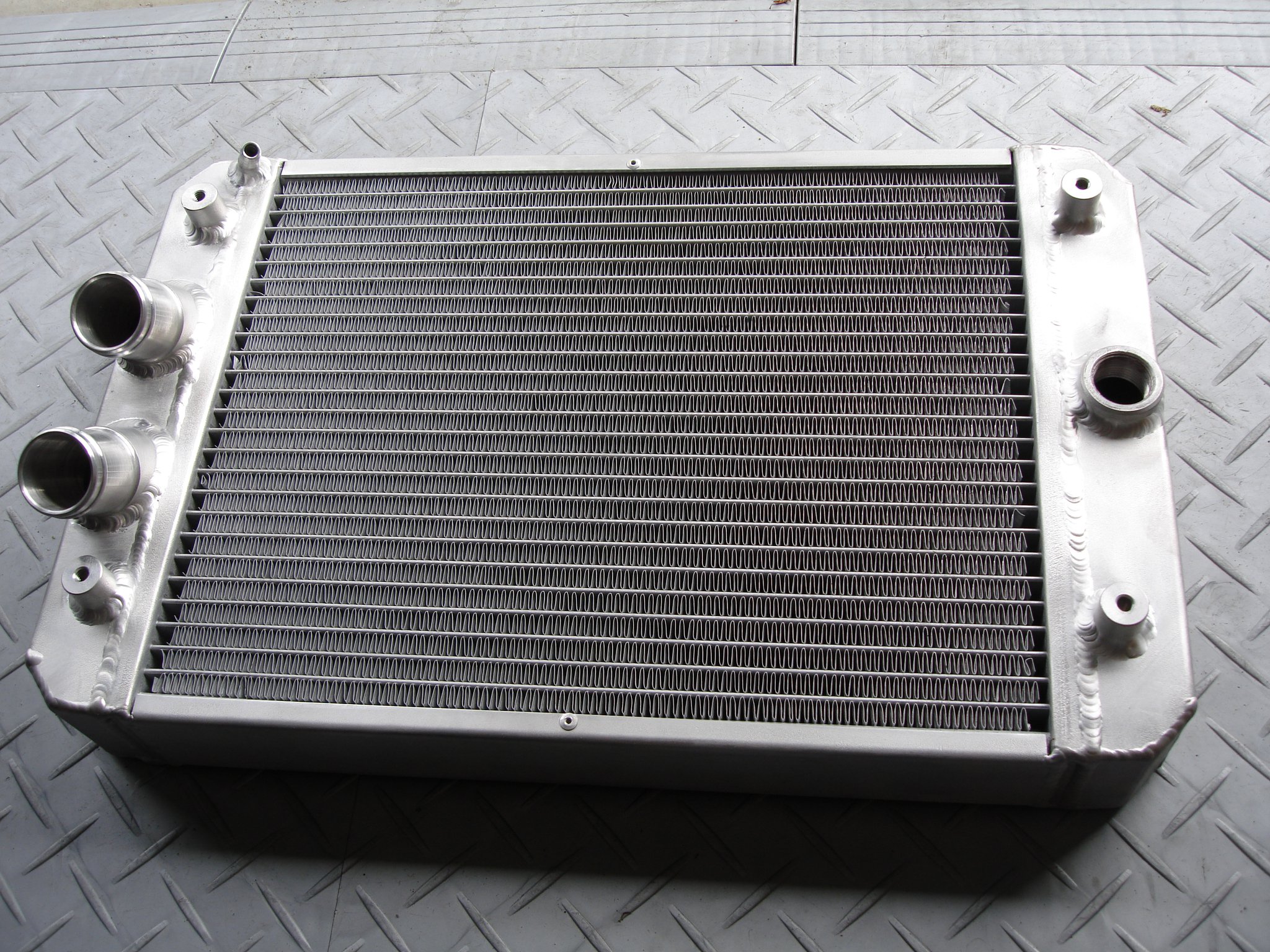
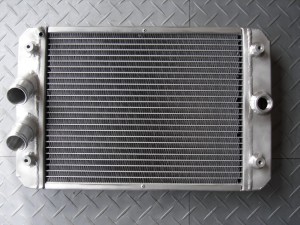
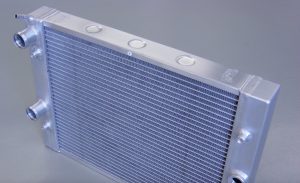
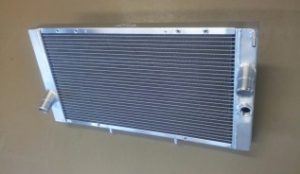
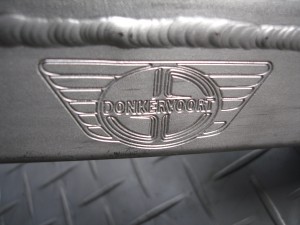

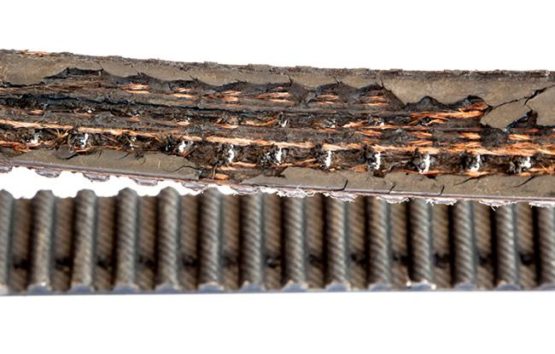
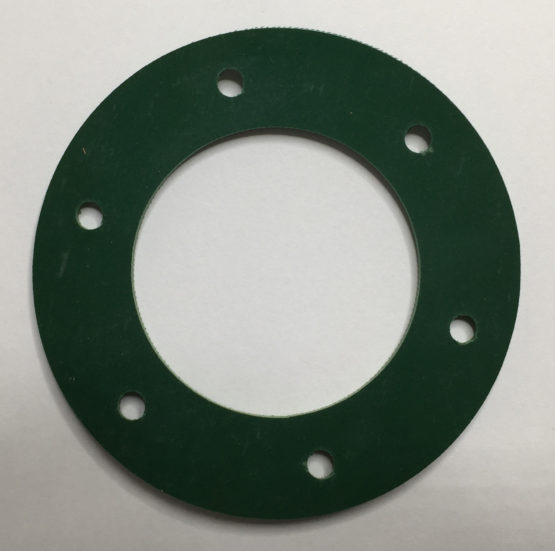
One thought on “Aluminum or copper-brass radiator for your Donkervoort?”
Comments are closed.